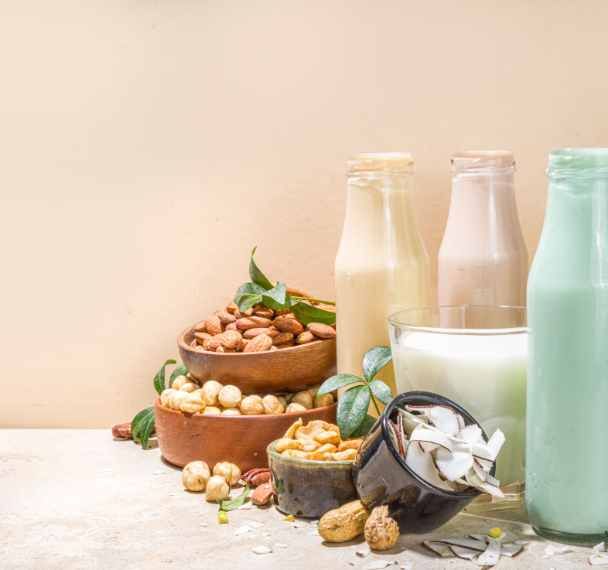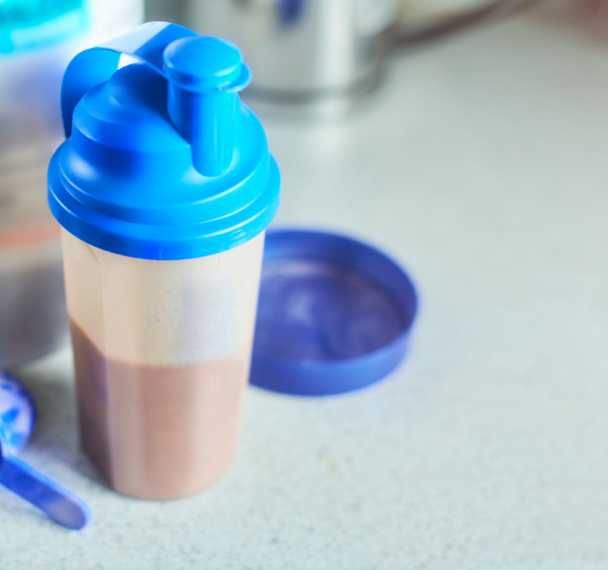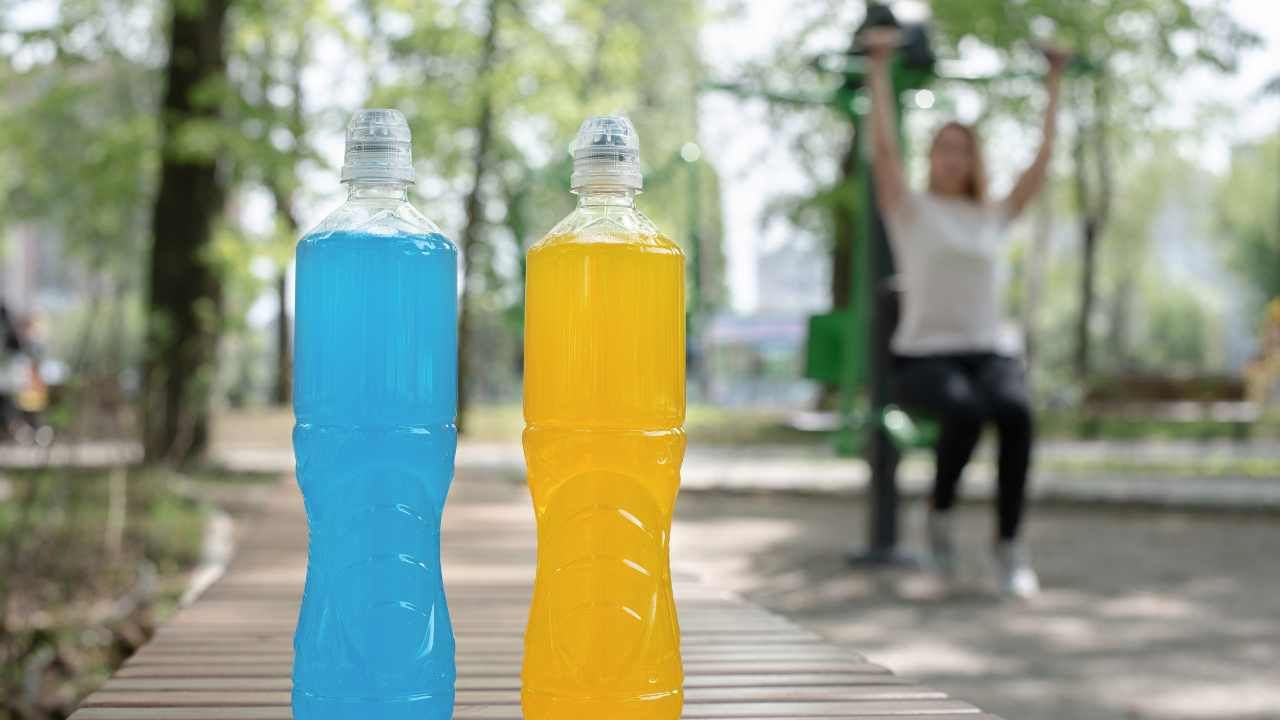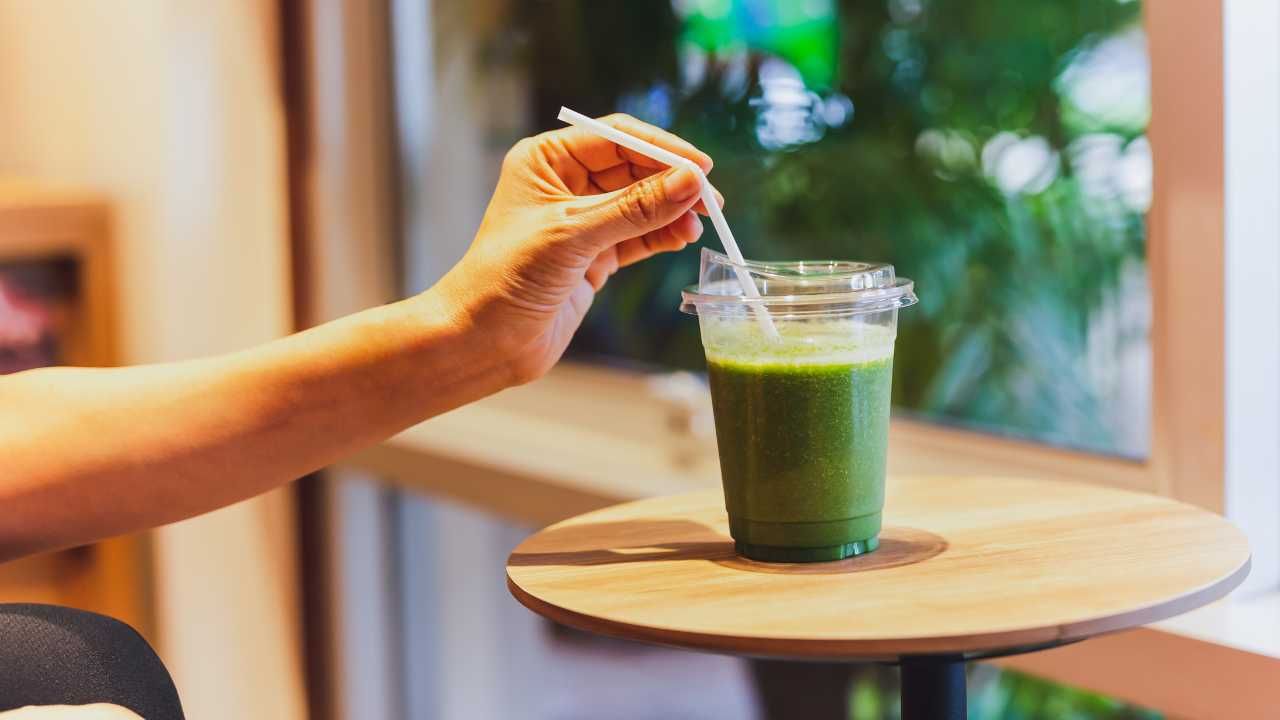Flavourings Unwrapped: What is a flavouring?
Aug 01, 2023
Introduction
Flavourings are found everywhere in our daily lives, but what exactly are they? In simplest terms, flavourings enhance the taste and aroma of various products we consume.
However, not all flavourings are created equal, and understanding the different types and production methods is essential for making informed choices. In this blog, we will delve into the world of flavourings, exploring their definition, various types, production processes, common uses and regulation.
Note: Flavour regulations are continuously updated and vary across countries. In this blog, we only referred to the European legislations (1334/2008) also followed by the UK.
What is a flavouring?

Flavourings are products which are added to food and beverage in order to impart or modify odour and/or taste and are not intended to be consumed as such.
What is not considered as flavourings are substances that have only a sweet, salty, or sour taste, as well as foodstuffs like salt, sugar, spices, and herbs.

Flavouring constitution
Both natural and non-natural flavourings are composed of chemical substances that are created through chemical processes. In certain applications, the use of natural and non-natural flavourings may be limited due to the presence of solvents or restricted molecules.
A flavouring is usually made from 2 to 40 components, and its average dosage in a finished product varies from 0.1% to 1%.
The flavouring is divided into two main components: aromatic and non-aromatic.
The aromatic component can include: flavouring substances, natural flavouring substances and natural preparations. On the other hand, the non-aromatic component, which represent the majority of the flavouring, can include: food-grade solvent and additives.
Let’s have a closer look at the main substances found in flavourings:
Natural flavouring substances are flavour molecules that occur naturally and are extracted or processed using physical, enzymatic, or microbiological methods. They are primarily used in the creation of natural flavourings but can also be utilised in non-natural flavourings.
Flavouring substances are non-natural flavour molecules. Their production occurs through two primary methods: chemical synthesis within a laboratory setting or extraction utilising chemical processes from natural sources. They are only used in the creation of non-natural flavourings.
For example, in nature, Cis 3 Hexenol is a molecule produced in small amounts by most plants to attract insects. This molecule can be extracted naturally (natural flavouring substance) or synthesised in a lab (flavouring substance). In both cases, it imparts a green or unripe note to fruit and vegetable flavourings.
Natural preparations are obtained from plant, animal, or microbiological sources through natural processes such as extraction or distillation. They are used to create both natural and non-natural flavourings. Examples are: coffee extract, raspberry esters, strawberry juice concentrate, peppermint essential oil.
Food-grade solvents are used as carriers to blend natural flavouring substances, flavouring substances and natural preparations effectively. They are used to create both natural and non-natural flavourings.

These flavourings can be potentially flammable, hazardous, and chemically reactive, as they are often in highly concentrated forms. That’s why each flavouring will be linked to a SDS (Safety Data Sheet) for health and safety reasons.
Flavouring format

Liquids
Liquid flavourings are widely used in the food industry, especially in beverage, bakery, dairy and confectionery. These flavourings are blends created through physical and thermal agitation, ensuring complete dissolution and homogenisation of all substances.
Extracts, essences and essential oils are obtained through a mechanical or vapour extraction process from fresh botanicals (e.g. basilic) or dry botanicals (e.g. coffee). A mixture of ethanol and water is used as a solvent to select specific aroma compounds. While extracts and essences are water-soluble, essential oils are fat-soluble.
Oleoresins are produced by extracting fresh or dry botanicals, using a suitable organic solvent. The solvent is then removed and reused, resulting in concentrated oleoresins. Compared to extracts, essences, and essential oils, oleoresins are 5–20 times more concentrated, possess a highly viscous consistency, and offer distinct flavour profiles.
Emulsions are particularly popular in the beverage industry. They are stable suspensions between an oil phase that contain an oil-soluble flavourings (such as essential oils) and weighting agents - to increase the low density of the oils, and a water phase which contains water, fruit or vegetable juice concentrates, stabilisers, water-soluble flavourings, acids, and preservatives.
Powder
Powder blends typically consist of savoury flavourings such as bouillons and seasoning powders. These blends are made by combining yeast extracts, acids, dairy powders, powder flavourings, herbs, and spices, and then applying them onto a powder carrier like maltodextrin.
Plating flavourings are obtained by adding concentrated liquid flavours onto a powder carrier, such as dextrose, and converting them into a fine powder.
Encapsulation is used for various reasons, including enhancing flavour shelf-life (e.g. delaying oxidation), protecting against heat treatment, improving storage options, controlling flavour release, and preventing flavour contamination across production lines and products. The main forms of flavouring encapsulation include:
🔸Spray drying method involves spraying an emulsified liquid flavouring into hot air. The liquid evaporates, leaving behind a dry, concentrated flavour powder. Spray dried flavourings are commonly used for powder products such as instant soups and protein powders.
🔸Granulation is the most advanced form of encapsulation. Different granulation technologies can be utilised to achieve a wide range of granule shapes, sizes, and colours, such as core-shell structures, extrusion, or agglomeration. Granules possess a significant particle size, providing a visual cue to crackers, instant soups, chewing gums, confections, or remaining in an infusion bag, such as teas and coffees.
Flavouring creation
Requirements to consider
Flavourings are complex chemical substances that require the expertise of a flavourist to achieve a perfect solubility, stability, and homogeneity. On top of that, flavourists must consider a long list of requirements for food and beverage applications in order to deliver the desired flavours.

That is why flavourings can be expensive and time-consuming to create. Next time you request a flavouring from a flavour house, please provide as much information as possible. Use the provided list as a guide.
Here are some important time frames to consider when requesting flavourings:
🔸Flavour Selection - from an existing library: 2-4 days
🔸Flavour Creation - bespoke flavouring: few days-2 weeks
🔸Flavour Production - typical liquid flavouring MOQs are 25kg: 4-6 weeks
Analytical tools
GC-MS (Gas Chromatography-Mass Spectrometry) is the most widely used analytical technique for isolating, identifying, and measuring even small amounts of various aroma compounds in ingredients or products. The results are depicted as peaks on a graph. Some GC/MS systems include an olfactory detection port (also known as GC-O), allowing a trained expert to smell the gas and provide insights on the presence, intensity, and sensory characteristics of aroma compounds. This method is particularly advantageous for detecting key aroma compounds.
This analytical tool assists flavourists in creating flavours by identifying key substances to replicate ingredients, finished products, or processes. For example, it can identify aroma compounds that develop as a fruit matures or the different cooking stages of caramel.
Additionally, it assists flavourists in creating a preliminary representation of the flavouring for flavour matching. The flavourists then use their expertise to refine the flavouring and get as close as possible to a perfect match.
Conclusion
In conclusion, after understanding the legislation, composition and the complex creation process of flavourings, it becomes evident that flavourings can be both expensive and time-consuming to develop, particularly when specific requests are involved.
By being informed about these factors, you can make more informed decisions when requesting flavourings. It is especially important to allow enough time to request and order flavourings and effectively communicate as much information as possible with the flavour supplier.
Ultimately, this understanding empowers you to approach flavourings with a newfound appreciation and knowledge, and better appreciate the skills and science required in their creation.
Link to related blogs you may enjoy
🔶The Magic of Aroma Compounds: How They Shape Our Food Experience
🔶Natural vs. Non-Natural Flavours: A Comprehensive Guide
🔶What You Need to Know Before Using Flavourings
🔶Mastering Your Palate: How to Use a Flavour Lexicon
References
Previous experience includes working at a flavour house, where I received comprehensive flavour trainings.
European legislations: Flavouring Ingredients EC (1334/2008) https://www.legislation.gov.uk/eur/2008/1334/contents
European flavour association (EFFA) https://effa.eu/eu-legislation/flavouring-legislation
British Society of Flavourists https://www.bsf.org.uk/








